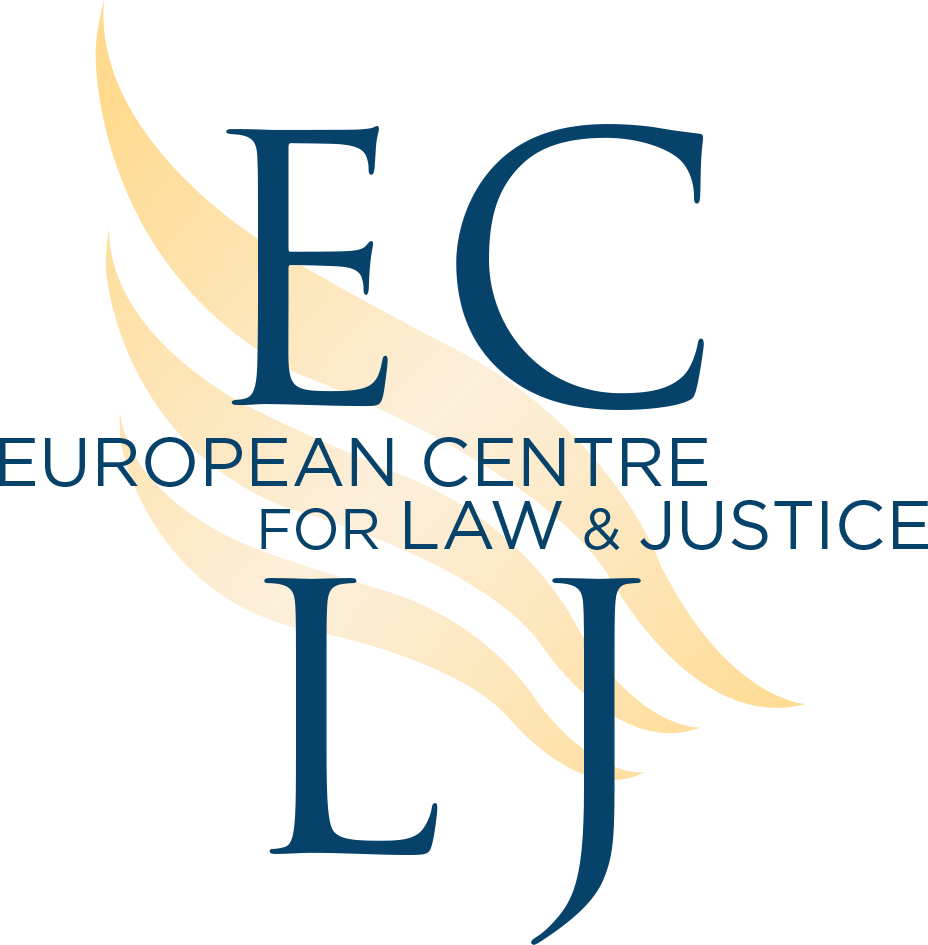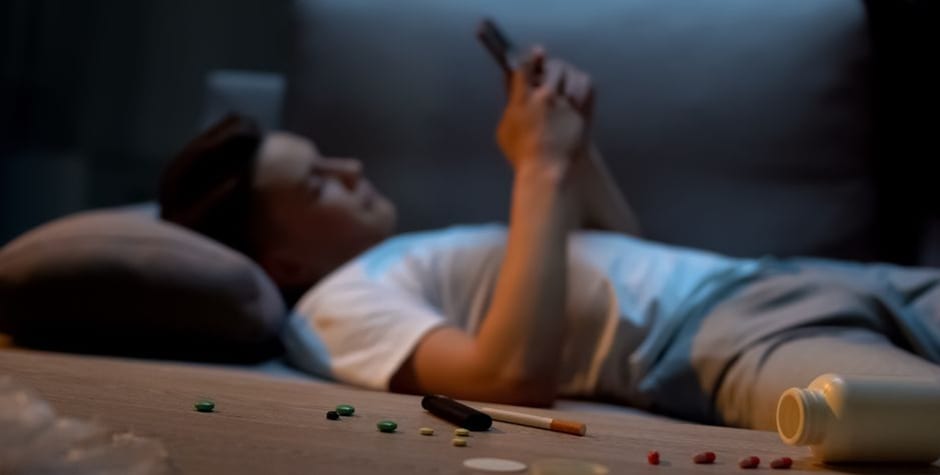While the consequences of exposure to pornography for the very young are well known, little attention is paid to what is the main gateway for children and teenagers to online pornography: their smartphone. Yet parents have a huge responsibility.
Extended Op-ed published in La Croix in French on March 6, 2024.
Children and teenagers are exposed to too much pornography: figures show that there are ever more of them, that they are younger and younger, and that they are viewing such content more and more intensively. In France, according to an ARCOM study published in May 2023, 2.3 million children visit 'adult' websites every month, an increase of 36% in 5 years. An IFOP study carried out in 2023 showed that more than a quarter of 18-24 year olds surveyed (27%) had viewed pornography for the first time between the ages of 8 and 12, a figure that has more than doubled in 10 years. In 2017, according to another IFOP study, 36% of male teenagers who have surfed an X website say they do so once a month or more, and 4% do so every day or almost every day. These young people are therefore victims of a veritable scourge, a form of sexual abuse on a massive scale.
The smartphone, the murder weapon
It is precisely via the smartphone, which is increasingly being used by minors, that they most often access pornographic content. In France, according to the above-mentioned ARCOM study, “The mobile phone is the most commonly used device, regardless of age. For 75% of minors, the mobile is even the exclusive terminal” for accessing 'adult' websites. In other countries, the same observations apply: in Poland, according to a similarly worrying study published in 2022 by the public analysis institute NASK, the young people questioned most often stated that they had seen pornography for the first time using a smartphone/phone with Internet access (35.1%), and that it was this type of device that was used most often to access this content for 76.2% of the 16-year-olds questioned and 66.9% of 12-14-year-olds.
However, as illustrated in the ECLJ report “Combating pornography. Regulating access to pornography” (September 2023), exposure to pornography is harmful, especially for young people. In 2022, the Assembly of the Council of Europe noted that this exposure is “unprecedented” and “detrimental to their psychological and physical development”. Indeed, it entails a number of risks that are frightening to list: development of unrealistic and distorted expectations with regard to sexuality, harmful and risky sexual behaviour for themselves and others (early sexual activity, sexting, multiple sexual partners, use of psychoactive substances and vulnerability to STIs), reduced levels of social integration, lower school results, damage to self-esteem, the appearance of complexes and depressive symptoms, addiction to pornography, an increase in sexual violence between minors, and so on. Not to mention the disastrous consequences of pornography on a wider scale for the status of women, relationships, families and society as a whole.
When it comes to sexting or text pornography, the smartphone is also largely to blame. This practice means sending or receiving sexually explicit messages, often with photos or videos, particularly by text message, and appears to be common among young people: in Poland, the above-mentioned NASK report revealed that almost a quarter of the 16-year-olds questioned admitted they had already shared their own intimate content this way. This leads to problems of sexual exploitation or abuse, as well as extortion and sexual coercion online.
Parents, the forgotten asset?
Such data should make us think twice before putting a smartphone in the hands of children and teenagers, regardless of whether the decision is taken out of conviction or resignation. At the very least, it requires a certain amount of vigilance, particularly as regards the risks of exposure to pornography. In this area, the role of parents, as their children’s first educators, is fundamental. Back in 1993, in a resolution on pornography, the European Parliament emphasized that intervention by the public authorities is only subsidiary, and that the primary responsibility lies with the family.
Yet here again, studies show that the situation is far from satisfactory. In France, a 2019 Médiamétrie study showed that regarding the “use of technical solutions by parents to control digital practices”, only 44% of parents “have configured their child’s smartphone, console, etc.” and 38% “have used technical devices/software to control surfing”. In Poland, according to the above-mentioned NASK study, 58.5% of the young people surveyed said that their parents had never discussed Internet pornography and its consequences with them, and 59.9% said that their parents did not monitor potential viewing of pornographic content.
It is therefore important that educators, and parents in particular, become truly aware of the extent of pornography consumption among young people and its consequences. The Assembly of the Council of Europe invited States to “adopt policies and measures that seek to inform, educate and remind parents about the dangers that their children face in an over-sexualised environment (as well as to raise awareness of indicators of related distress or trauma), and equip parents to educate their children on these very sensitive issues in a constructive way”.
“Connected, committed (against porn exposure)... and you?”
The exposure of young people to pornography is a public health issue, and it is important that the State actively and resolutely combat this problem: it is an investment for the future, because today’s children and teenagers are tomorrow’s adults. So, when will we see a large-scale initiative mobilizing the whole of society in order to “take the bull by the porn”? For the time being, as adults, let’s take advantage of these days to question our own use of the smartphone and the example we are setting for our offspring.












